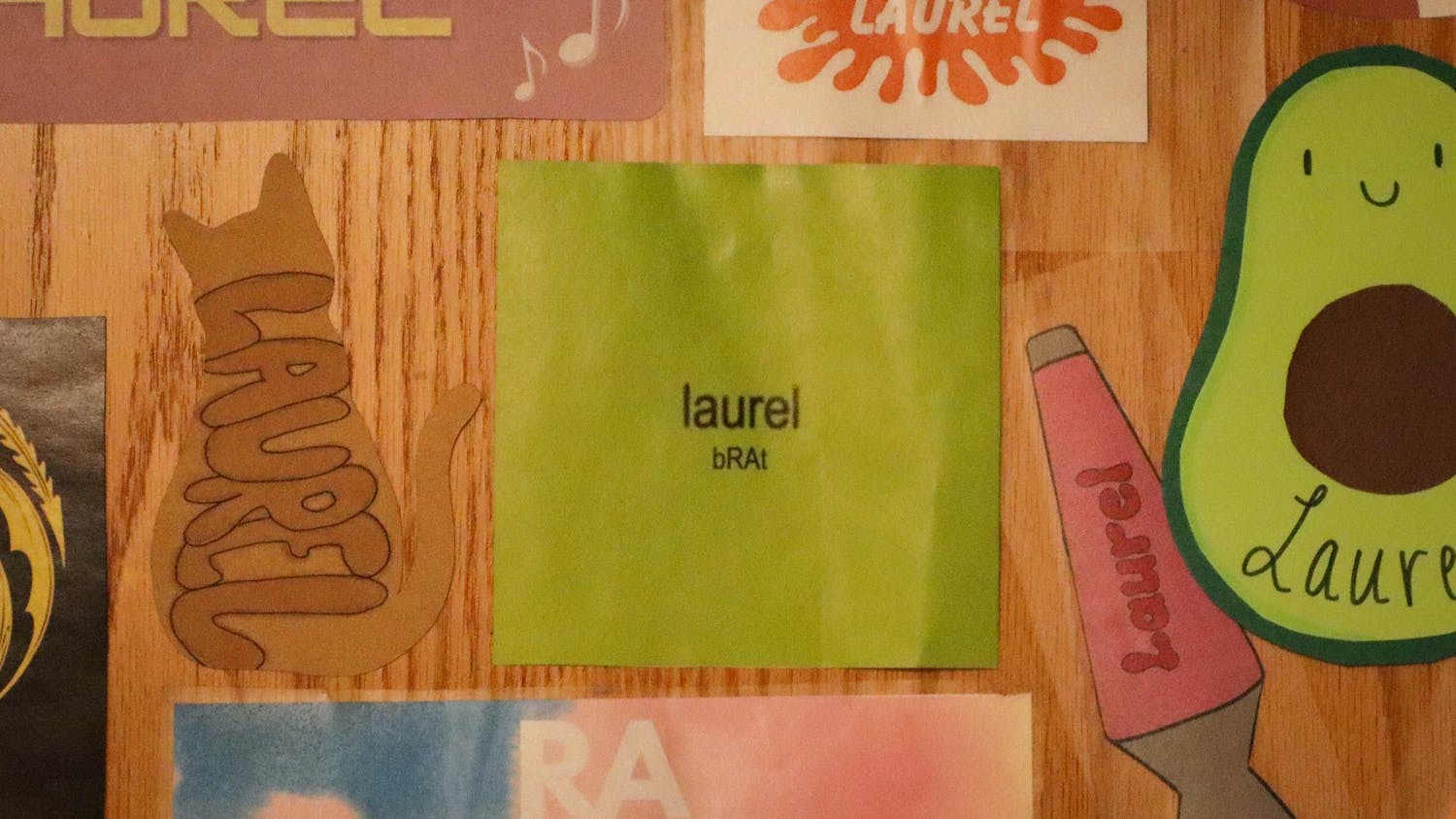Through the doors of Franklin Hall and down the stairs lies one of the Media School’s best kept secrets: a state-of-the-art virtual reality lab.
Studio 052 is just the tip of the iceberg in what appears to be a series of IU's under-the-radar forays into virtual reality.
Virtual reality provides a visual, audio and interactive experience to immerse the viewer in another “reality.” While often seen to be at the cutting edge of technology, VR isn’t all that new, Game Lab Manager Chabane Maidi said.
“Virtual reality is, technologically, just strapping a TV to your face,” Maidi said.
Recent improvements in VR technology could change the way IU students play games, view sports, watch movies and more. Maidi says VR has applications in things such as vocational training, journalism, sports viewership, marketing and surgical training.
Not far from Room 052, the multi-purpose space Studio 9 is almost completed. Equipped with green screen and motion capture technology, this lab will also provide a space for game design students to test out their games.
But for now, students like Griffin Park and Devin Good work mostly in Room 052 and at home. Park and Good, both seniors majoring in game design, are producing and designing, respectively, a virtual reality game, “Batteries Included,” as their capstone project.
“You feel a sense of presence a little bit greater than you would with a traditional video game,” Good said, about making a virtual reality game.
Park, Good and four of their nine teammates have all received their training in VR through internships at IU’s Mark Cuban Center for Sports Media and Technology.
Established in 2015 through a $5 million donation by IU alumnus Mark Cuban, the center explores how advances in technology can enhance sports viewership.
As interns, Park and Good recreated real-world locations that exist at IU and developed demo VR games. In these games, users adopt the point-of-view of a player in a full-length, simulated football or baseball game.
Galen Clavio, director of the National Sports Journalism Center and Media School associate professor, said the center's 360-degree camera system in Assembly Hall is an exciting off-shoot of VR.
This system contains 28 sensors installed around Assembly Hall. Using the floor as a base, it creates a model for the arena and tracks the players' movements. The 28 feeds are then sent to the server that renders an image to recreate the look of live-action video footage.
The technology immerses the viewer by allowing them to view a replay from any angle, as determined by one of its two on-site student operators. These replays are played on social media and televised broadcasts.
Available in all 30 NFL stadiums and some baseball stadiums, Andrew Rosner, director of the Cuban Center for Sports and Media Technology, said IU is the only college in the country to have this technology.
Aside from enhancing sports viewership, the system at Assembly Hall has also served a role in developing IU students’ careers. However, for all its promise, VR gaming remains a novelty.
“They’re having an existential crisis in the sense that even if something is the future, even if it’s something really cool and players love it, it would be delusional to think that manufacturers suddenly are charities,” Maidi said.
Michael Chabin, a lecturer in the IU School of Informatics and Computing, said he noticed that most people walk away from a VR game after a few minutes and theorizes that it has something about the intensity of being immersed in a virtual world.
“For the same reasons VR can be good, it can be bad in that it can be very, very, very intense if you’re not used to a situation,” Good said. “So, while the idea of exploring the International Space Station might be calming for some people, for other people it could be terrifying.”
Chabin said that the test for VR success is if a user can remain engaged for an hour.
Eventually, Chabin, who is developing a VR lab in the Informatics School, wants to explore motion capture and performance art.
Good said he believes that the same holds true for gaming.
“I think it’s going to go more toward a simulation-type VR game where people are going to go places in the real world through VR that they wouldn’t otherwise be able to go,” Good said.






